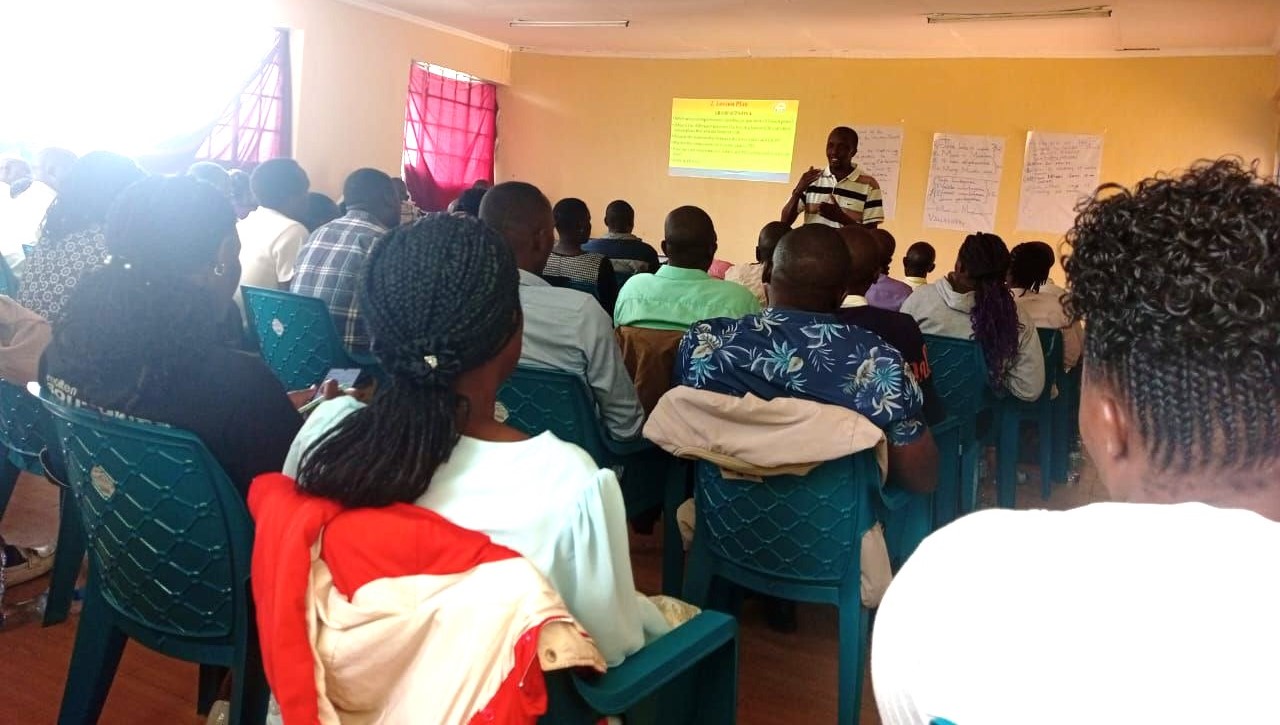Today’s world is run by a round-the-clock news cycle that is always depressing and negative. From disaster coverage to politics and social strife coverage, crime coverage to disease outbreaks and accident reports, the overall trend tends to depress people. Such a negative trend tends to stigmatise most issues of a social nature, such as mental illness, poverty, and stigmatised communities. Solutions journalism provides a perfect remedy for this. With such coverage and reporting, the media not only informs people but also hopes to educate and inspire them.
Solutions journalism is a method of journalism that reports on news of practical, effective solutions to an issue. Instead of addressing the issues with the problem, it attempts to determine how people and societies are coping with it. This provides a clearer picture, in which the reader views the issues and the way towards the solutions to lead to improvement. Solution focus allows journalists to de-stigmatise by providing a balanced, uplifting report rather than demoralising.
Traditional reporting
Consider, for instance, the case of mental illness, the most widely encircled stigma. Traditional reporting packages the bad news in a way that makes it worse and documents rising rates of depression and anxiety or fatal accidents and insanity. These types of reports are necessary, but they often reinforce stereotypes and deter people from seeking help. But solutions journalism can improve.
By showing the success of individuals who have recovered from mental illness through therapy, support groups, or other treatment, journalists can be upbeat and urge people to do something. Not only does reporting give a human face to the problem, but it also suggests that one can improve, motivating those who may need help to do so without fear of ridicule.
READ ALSO:
With poverty, solutions reporting can also change attitudes. Headlines highlight the difficulties faced by those living on the poverty line, emphasising unemployment and a lack of resources. Such reporting is inevitable to an understanding of the issue. However, it can also perpetuate negative stereotypes of individuals who live in poverty. Journalists can report on resourcefulness and resilience by highlighting successful local initiatives that offer job training, financial literacy education, or subsidised housing. Reporting these positive interventions not only enlightens the public on the positive interventions but also dispels myths and negative assumptions, giving way to sympathy and comprehension.
Lastly, solutions journalism can help report on marginalised groups. Headlines for such societies are always tinged with negativism, like crime rates, social unrest, or system failure. Empowerment, survival, and people’s movements are some spheres journalists can start de-stigmatising through news coverage. Coverage, for example, of people’s movements that empower marginalised voices or movements that battle social justice will make people care and be interested in such a cause. This not only helps to dignify the accomplishment of such communities but also helps to build a more well-informed appreciation of the issues around them.
Solutions journalism integrated into print and press media is not free from problems. Journalists have the challenge of reporting on ongoing crises and pursuing coverage that is still solutions-focused. This translates to a change of heart, where journalists must go out looking for the silver lining when there is a crisis. Editors and the media must also be in a position to spend money to fund the stories because they are appreciated for being in a position to inform and connect with society more.
Capacity building and support for journalists are essential to successfully utilising solutions journalism. Mentorship, reporting partnerships, and training workshops are needed to provide journalists with the capacity to pursue and report quality solution stories to problems. Encouraging a culture of solutions stories allows media organisations to offer the world with an alternative, and indeed improved, news story.
Generally, solutions journalism in press and newspaper reporting seeks to be an efficient instrument for stigma reduction and facilitation of understanding.
By magnifying positive reactions towards problems in society, journalists can be in a position to bring hope, inspire sympathy, and empower people. With people more knowledgeable about what is happening and the betterment that is unfolding in their society, myths such as sustaining stigma will ultimately dwindle. In an otherwise all-too-often hopeless world, solutions journalism promises to be the beacon of hope, the light at the end of the tunnel, shining a pathway to a greater future for all.
Tonny Kyule, Rongo University, Migori county.
You can also follow our social media pages on Twitter: Education News KE and Facebook: Education News Newspaper for timely updates.
>>> Click here to stay up-to-date with trending regional stories
>>> Click here to read more informed opinions on the country’s education landscape
>>> Click here to stay ahead with the latest national news.






